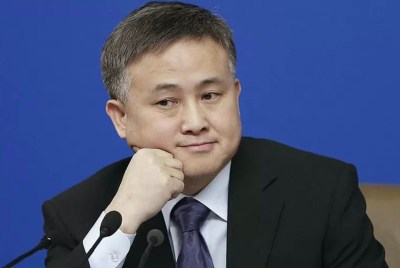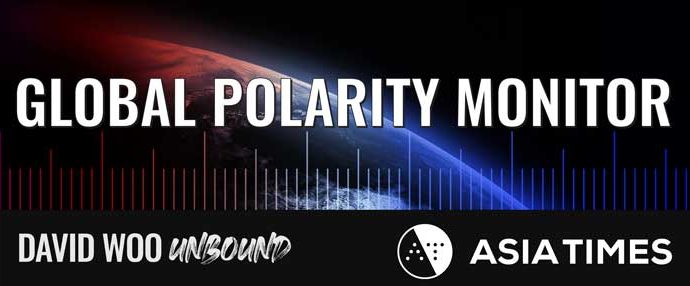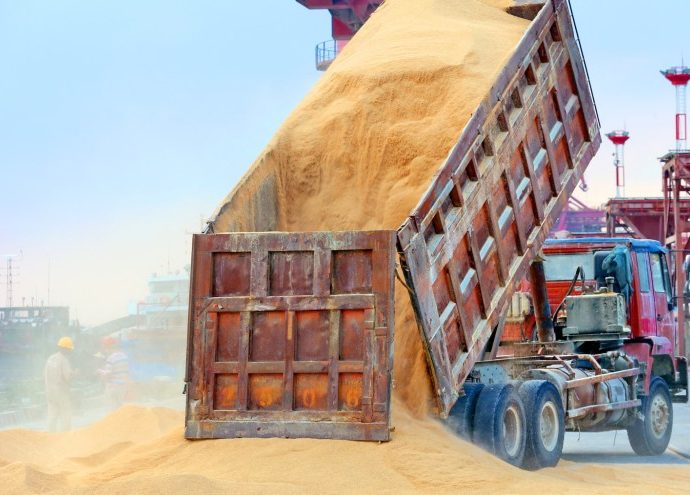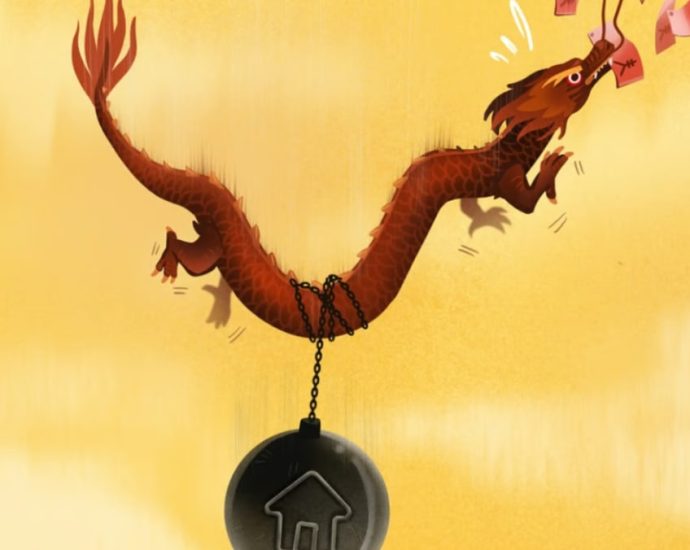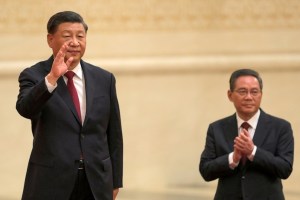Beijing fishmongers worry as Japan begins Fukushima water release
BEIJING: Seafood sellers in Beijing expressed consternation on Thursday (Aug 24) over Japan’s gradual release of wastewater from the disaster-hit Fukushima nuclear plant into the ocean. Hours before the release began, a store manager named Wang Jinglong in one of the Chinese capital’s biggest seafood markets told AFP there had alreadyContinue Reading


